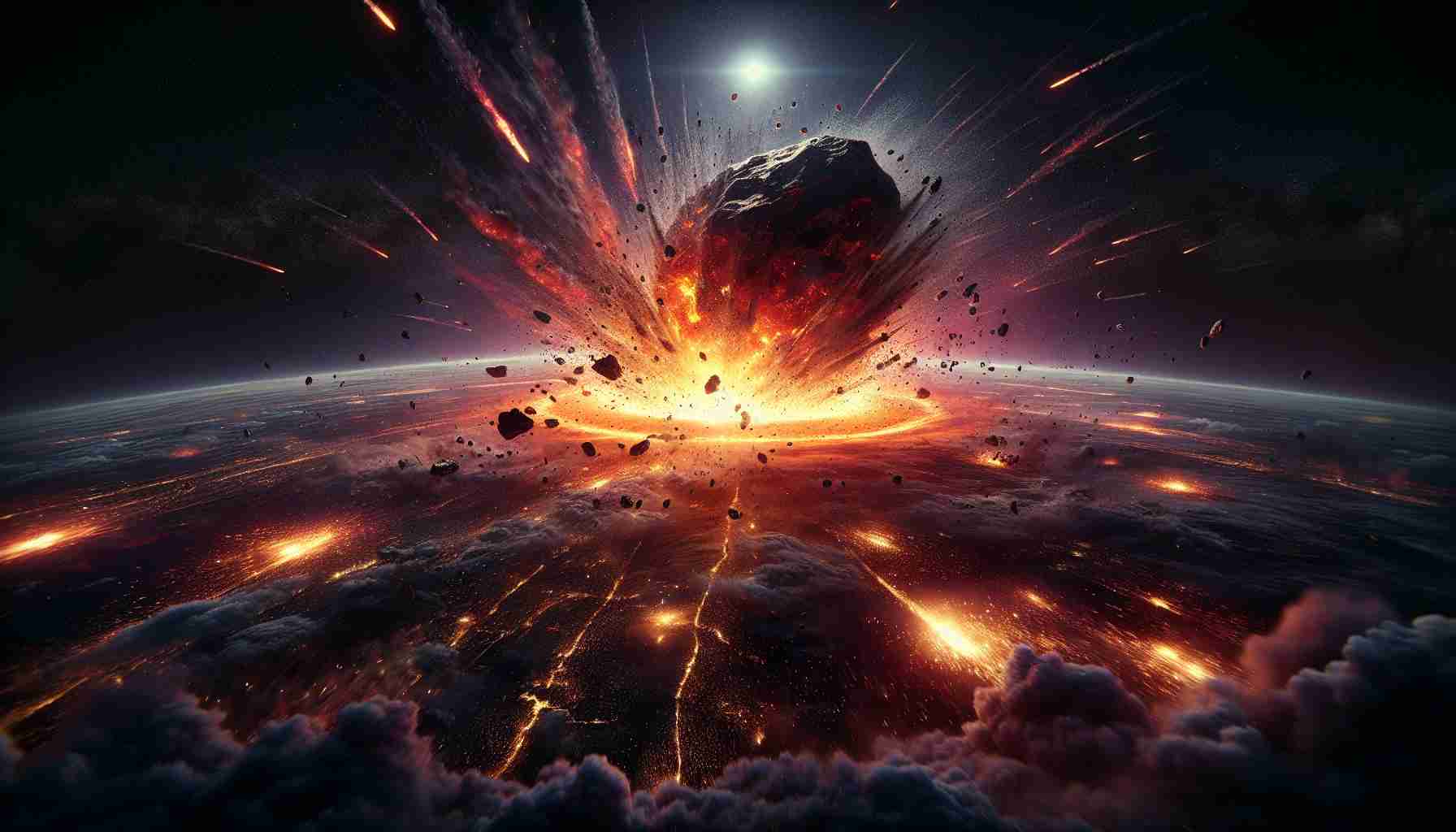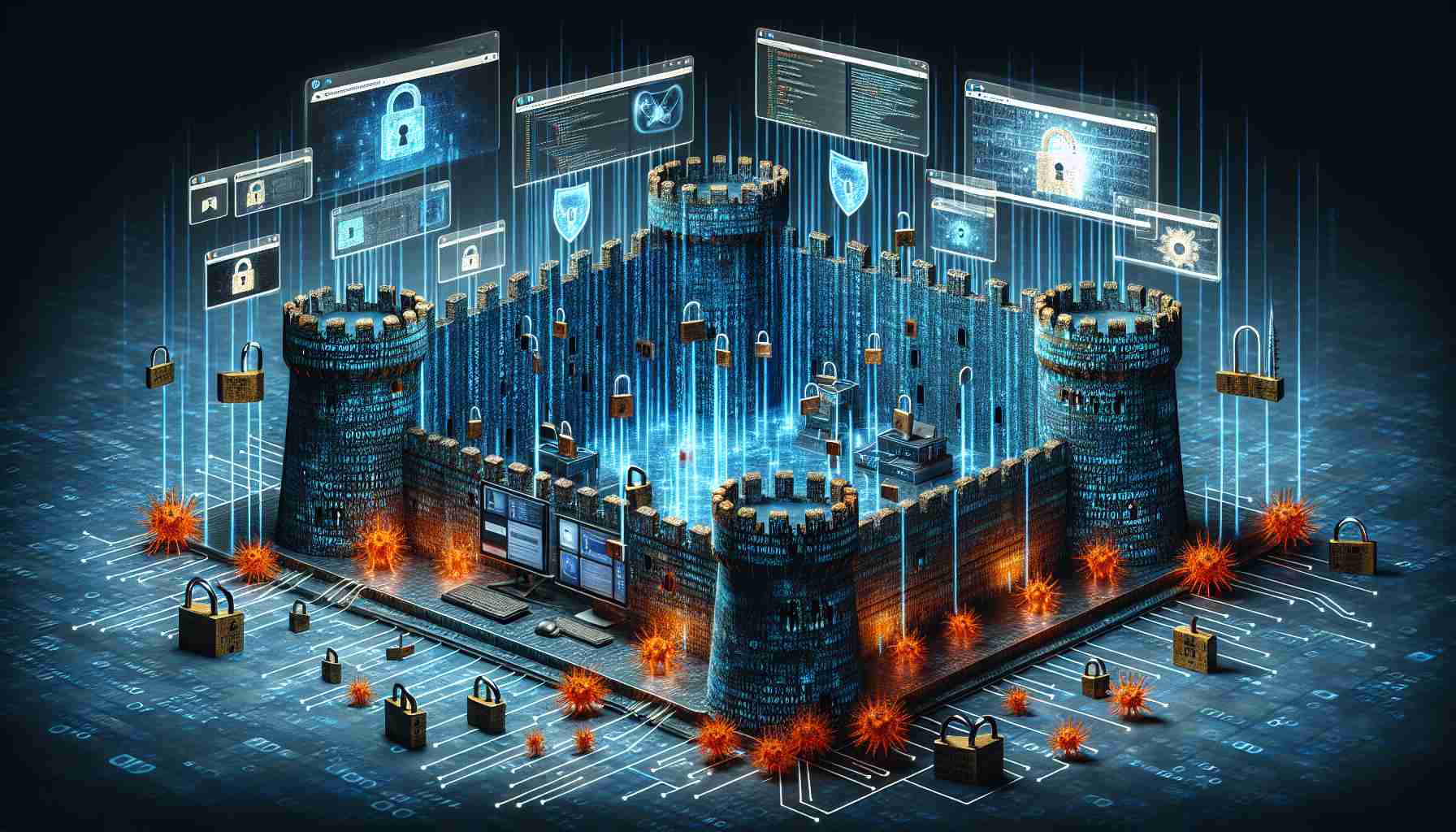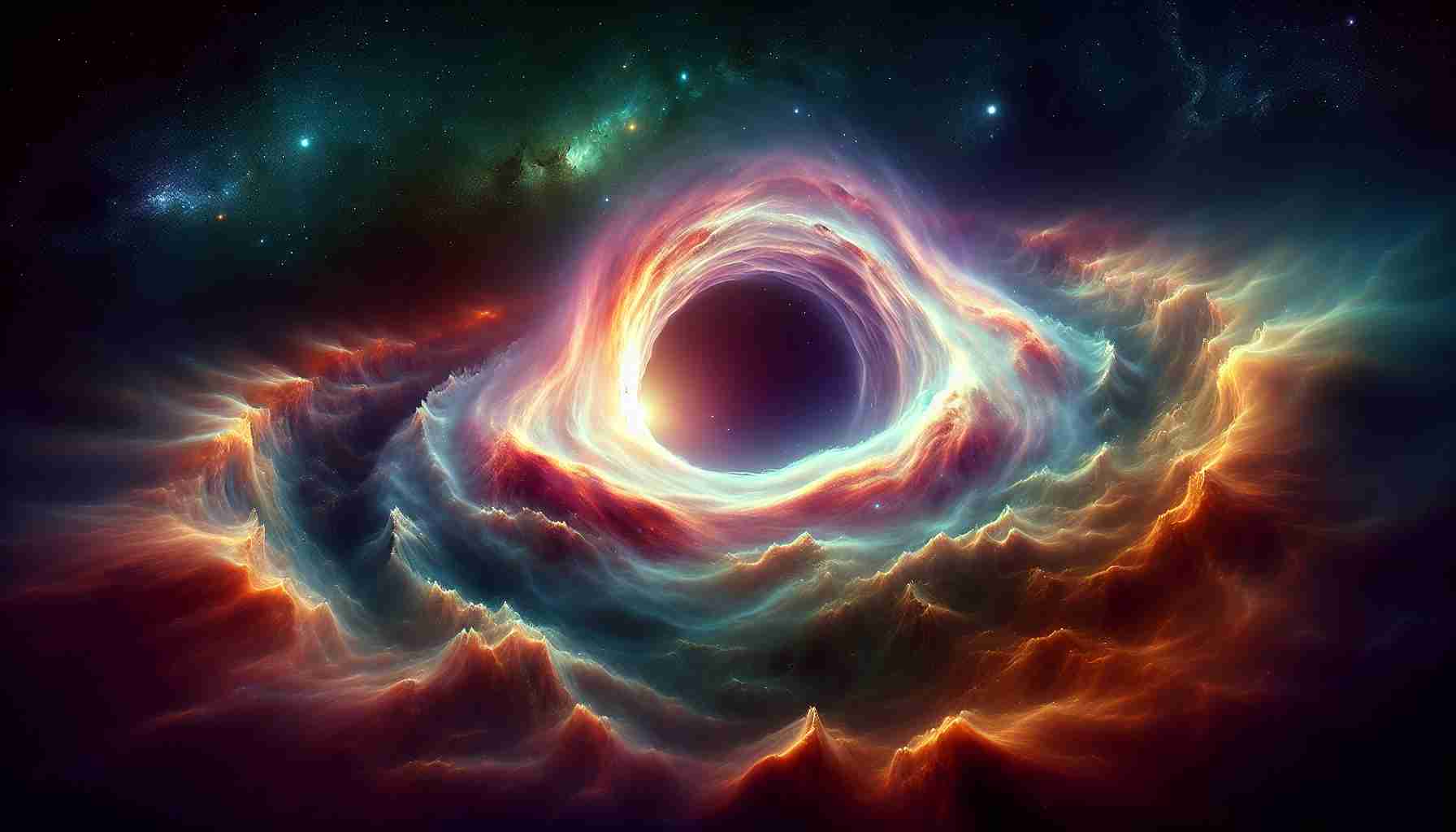An Enormous Catastrophe: A colossal disaster struck the Earth 66 million years ago, resulting in the extinction of almost 60% of life forms on the planet, including non-avian dinosaurs, pterosaurs, and marine reptiles. This catastrophic event was triggered by the impact of a massive asteroid in what is now the Chicxulub region in Mexico.
Astounding Discovery: New research led by Mario Fischer-Gödde from the University of Cologne in Germany has unveiled shocking details about the origin of the asteroid. It was revealed that the asteroid originated from beyond Jupiter’s orbit and belonged to the carbonaceous type, indicating its solar system origin.
The Impact’s Devastation: The asteroid, estimated to be between 6 and 12 kilometers in diameter, unleashed an energy equivalent to 10 billion atomic bombs like those dropped on Hiroshima and Nagasaki. The resulting explosion triggered a gigantic tsunami that engulfed vast distances from the impact point, even reaching over continents.
Unveiling the Truth: By comparing isotopic signatures of ruthenium in K-Pg boundary samples with other asteroid impacts and carbonaceous meteorites, researchers made a groundbreaking revelation. The similarity between the K-Pg samples and carbonaceous chondrites suggests that the Chicxulub impactor was a type C asteroid, dismissing earlier speculations of it being a comet.
Insights from Space: Investigations into the asteroid’s journey towards Earth suggest that external influences from the outer reaches of the solar system, possibly encounters with other space rocks or interactions with gas giants like Jupiter, could have nudged it onto a collision course with our planet.
Meteorite vs. Volcanic Activity: While some theories propose volcanic eruptions in India as a contributing factor to the mass extinction event, the specific platinum group element ratios found at the K-Pg boundary align more closely with an asteroid impact, backing the Chicxulub impact as the primary cause of the catastrophic event.
New Revelations and Controversies: Recent studies exploring the aftermath of the asteroid impact that led to the mass extinction event 66 million years ago have raised intriguing questions about the severity and long-term implications of such catastrophes. One crucial query that has sparked debate among scientists is whether the asteroid impact at Chicxulub was a singular event or part of a series of impacts that occurred over time, each potentially shaping the course of life on Earth in different ways.
Key Challenges and Controversies: One of the primary challenges associated with understanding asteroid impacts is the ability to accurately predict and prepare for potential future impacts on Earth. While significant advancements have been made in identifying near-Earth objects (NEOs) and tracking their trajectories, the question of how to prevent or mitigate the impact of a large asteroid remains a subject of intense debate and research in the scientific community.
Advantages of Asteroid Impact Research: Studying past asteroid impacts provides valuable insights into the resilience of life on Earth and the mechanisms that govern mass extinctions. By analyzing the geological record and the signatures left behind by asteroid impacts, researchers can better understand the interconnectedness of Earth’s systems and how life responds to catastrophic events, informing efforts to safeguard the planet’s future.
Disadvantages of Asteroid Impact Events: The potential devastation caused by asteroid impacts poses a significant threat to life on Earth, highlighting the urgent need for enhanced planetary defense strategies and global cooperation in monitoring and addressing this risk. The unpredictability and scale of asteroid impacts underscore the profound impact such cosmic events can have on the planet and its inhabitants, necessitating continued research and preparedness measures.
Suggested related link to main domain: NASA – National Aeronautics and Space Administration















